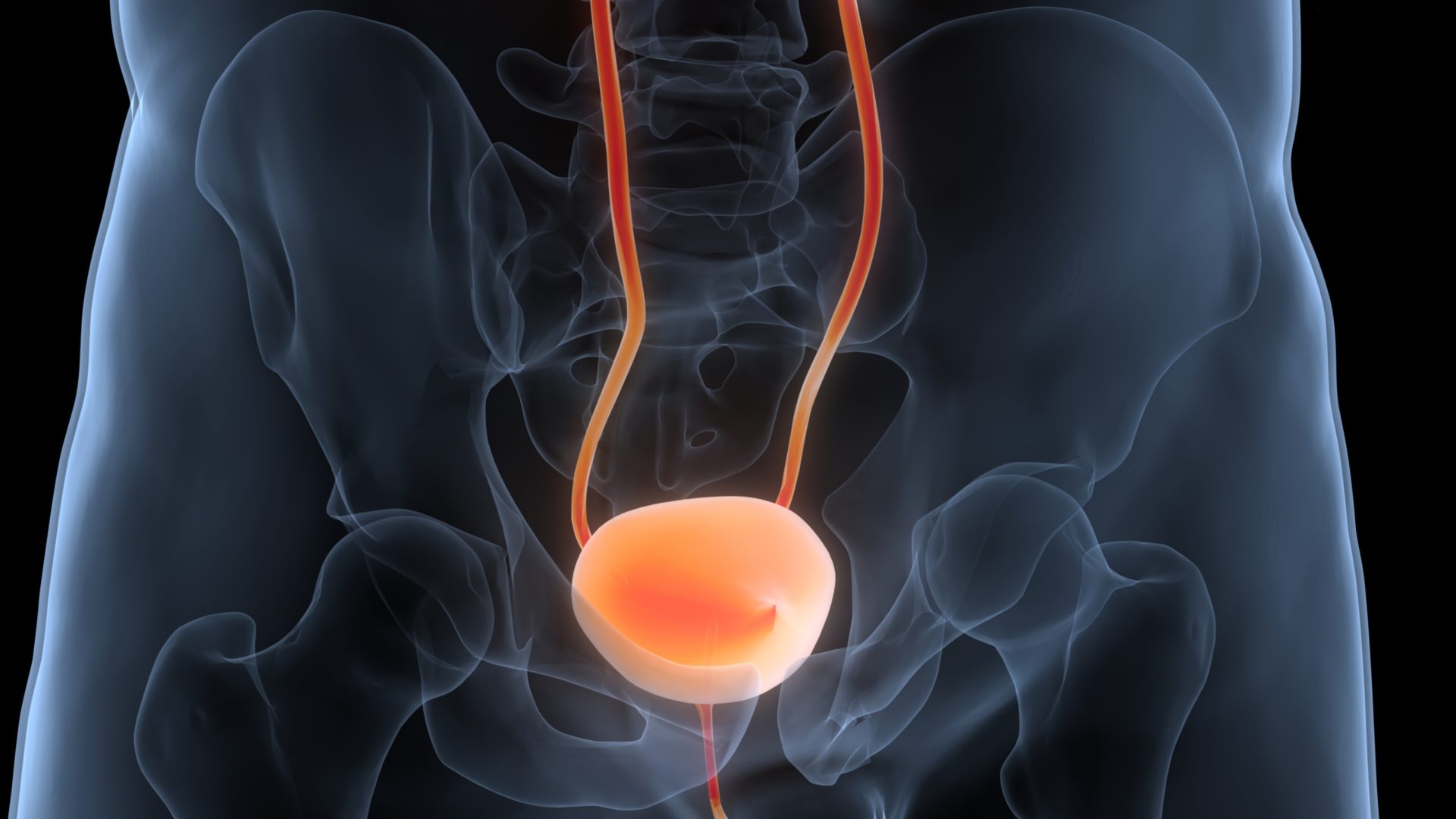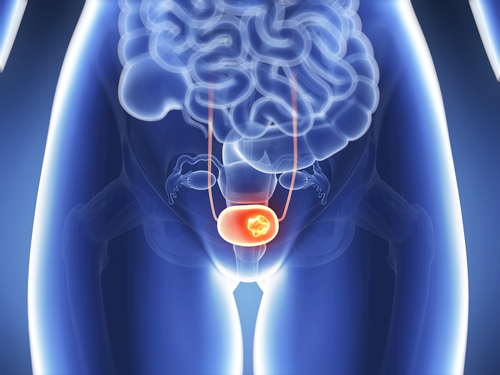A study aimed to develop a non-invasive, point-of-care tool for the diagnostic and molecular stratification of patients with BC based on combined microRNAs (miRNAs) and surface-enhanced Raman spectroscopy (SERS) profiling of urine. The results were published in Molecular Medicine.
To conduct this study, researchers performed next-generation sequencing of the whole miRNome and SERS profiling on urine samples collected from 15 patients with BC and 16 control subjects (CTRLs). They focused on a retrospective cohort (BC = 66 and CTRL = 50), and RT-qPCR were used to confirm the selected differently expressed miRNAs. The investigators used three machine learning algorithms to discern diagnostic accuracy (logistic regression, naïve Bayes, and random forest), which were trained to discriminate between BC and CTRL.
According to the findings, adding SERS data with three differentially expressed miRNAs (miR-34a-5p, miR-205-3p, miR-210-3p) yielded an Area Under the Curve (AUC) of 0.92 ± 0.06 in discriminating between BC and CTRL, an accuracy which was superior either to miRNAs (AUC = 0.84 ± 0.03), or SERS data (AUC = 0.84 ± 0.05) individually.
The researchers concluded that, “miRNA profiling synergizes with SERS profiling for point-of-care diagnostic and molecular stratification of BC. By combining the two liquid biopsy methods, a clinically relevant tool that can aid BC patients is envisaged.”
Keywords:Biomarkers, Bladder cancer, Liquid biopsy, Molecular subtypes, SERS, microRNA









